To Study the Basic Properties of E-plane Tee, H-plane Tee and Magic Tee.
Procedure
Instructions to Record the Value for Output Voltage
Step-1: Click on Components button for components to pop up.
Step-2: Click on the "Components", drag them to the test bench and place them as shown in fig. 1.
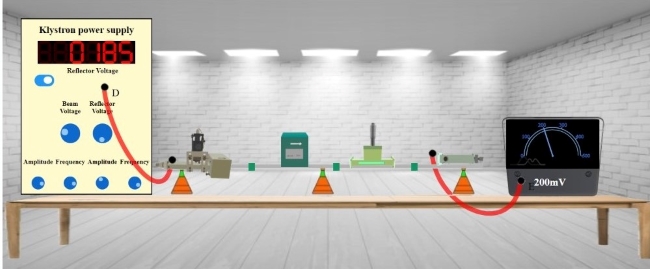
Fig. 1 Setup for recording the value for Output Voltages
Step-3: After placing the components on the test bench, connect the wires accordingly.
Step-4: If your connections are correct then you may continue to take down the readings, if not then click on "Reset Button" and try it again.
Step-5: Move the "Beam Voltage" knob and set it to 250 or above to record your readings.
Step-6: Toggle the switch button and move the "Reflector Voltage" knob to set the reflector voltage to maximum negative value.
Step-7: As soon as you start varying the reflector voltage you will observe a voltage value on millivoltmeter.
Step-8: Keep varying the "Reflector voltage" till you get maximum voltage at millivoltmeter (You will get maximum voltage value at values between 180 and 185 of voltage).
Step-9: Note down the value for Output Voltage from millivoltmeter
Step-10: Click on "Add to table" button to record the readings for Output Voltage, Beam Voltage and Reflector Voltage.
Step-11: Click on "E-Plane" button to check its basic properties.
Instructions to Record the Value for Output Voltage at port 1 of E-plane Tee
Step-1: Click on Components button for components to pop up.
Step-2: Click on the "Components", drag them to the test bench and place them as shown in fig. 2.

Fig. 2 Setup for recording the value for output voltage at port 1 of E-plane Tee
Step-3: After placing the components on the test bench, connect the wires accordingly.
Step-4: If your connections are correct then you may continue to take down the readings, if not then click on "Reset Button" and try it again.
Step-5: Toggle the switch button and note down the value for output voltage at port 1 from millivoltmeter.
Step-6: Click on "Add to table" button to record the readings for output voltage at port 1 of E-plane Tee.
Step-7: Click on "Next" button to check output voltage at port 2.
Instructions to Record the Value for Output Voltage at port 2 of E-plane Tee
Step-1: Click on Components button for components to pop up.
Step-2: Click on the "Components", drag them to the test bench and place them as shown in fig. 3.
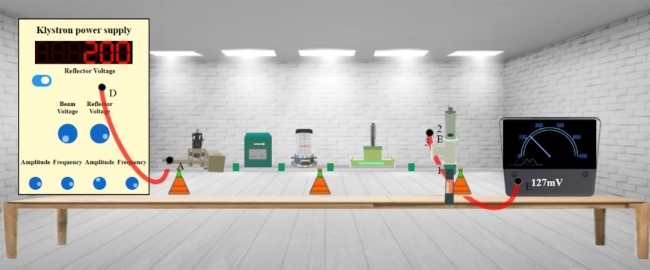
Fig. 3 Setup for recording the value for output voltage at port 2 of E-plane Tee
Step-3: After placing the components on the test bench, connect the wires accordingly.
Step-4: If your connections are correct then you may continue to take down the readings, if not then click on "Reset Button" and try it again.
Step-5: Toggle the switch button and note down the value for output voltage at port 2 from millivoltmeter.
Step-6: Click on "Add to table" button to record the readings for output voltage at port 2 of E-plane Tee.
Step-7: Click on "H-Plane" button to check its basic properties.
Instructions to Record the Value for Output Voltage at port 1 of H-plane Tee
Step-1: Click on Components button for components to pop up.
Step-2: Click on the "Components", drag them to the test bench and place them as shown in fig. 4.
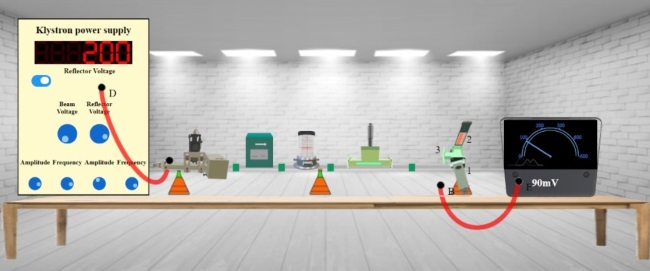
Fig. 4 Setup for recording the value for output voltage at port 1 of H-plane Tee
Step-3: After placing the components on the test bench, connect the wires accordingly.
Step-4: If your connections are correct then you may continue to take down the readings, if not then click on "Reset Button" and try it again.
Step-5: Toggle the switch button and note down the value for output voltage at port 1 from millivoltmeter.
Step-6: Click on "Add to table" button to record the readings for output voltage at port 1 of H-plane Tee.
Step-7: Click on "Next" button to check output voltage at port 2.
Instructions to Record the Value for Output Voltage at port 2 of H-plane Tee
Step-1: Click on Components button for components to pop up.
Step-2: Click on the "Components", drag them to the test bench and place them as shown in fig. 5.
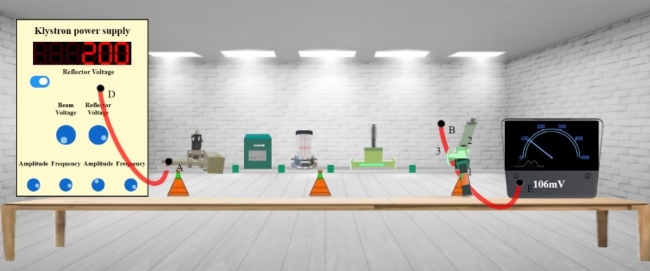
Fig. 5 Setup for recording the value for output voltage at port 2 of H-plane Tee
Step-3: After placing the components on the test bench, connect the wires accordingly.
Step-4: If your connections are correct then you may continue to take down the readings, if not then click on "Reset Button" and try it again.
Step-5: Toggle the switch button and note down the value for output voltage at port 2 from millivoltmeter.
Step-6: Click on "Add to table" button to record the readings for output voltage at port 2 of H-plane Tee.
Step-7: Click on "Magic Tee" button to check its basic properties.
Instructions to Record the Value for Output Voltage at port 1 of Magic Tee when Input is at Port 4
Step-1: Click on Components button for components to pop up.
Step-2: Click on the "Components", drag them to the test bench and place them as shown in fig. 6.
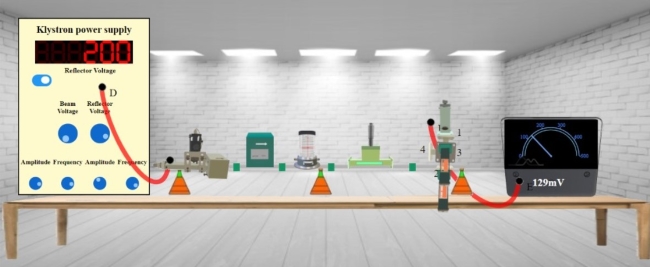
Fig. 6 Setup for recording the value for output voltage at port 1 of Magic Tee when input is at port 4
Step-3: After placing the components on the test bench, connect the wires accordingly.
Step-4: If your connections are correct then you may continue to take down the readings, if not then click on "Reset Button" and try it again.
Step-5: Toggle the switch button and note down the value for output voltage at port 1 from millivoltmeter.
Step-6: Click on "Add to table" button to record the readings for output voltage at port 1 of Magic Tee.
Step-7: Click on "Next" button to check output voltage at port 2.
Instructions to Record the Value for Output Voltage at port 2 of Magic Tee when Input is at Port 4
Step-1: Click on Components button for components to pop up.
Step-2: Click on the "Components", drag them to the test bench and place them as shown in fig. 7.
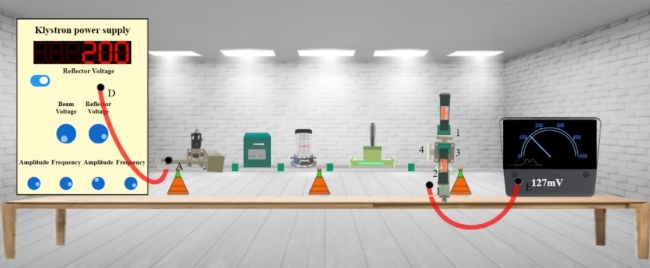
Fig. 7 Setup for recording the value for output voltage at port 2 of Magic Tee when input is at port 4
Step-3: After placing the components on the test bench, connect the wires accordingly.
Step-4: If your connections are correct then you may continue to take down the readings, if not then click on "Reset Button" and try it again.
Step-5: Toggle the switch button and note down the value for output voltage at port 2 from millivoltmeter.
Step-6: Click on "Add to table" button to record the readings for output voltage at port 2 of Magic Tee.
Step-7: Click on "Next" button to check output voltage at port 3.
Instructions to Record the Value for Output Voltage at port 3 of Magic Tee when Input is at Port 4
Step-1: Click on Components button for components to pop up.
Step-2: Click on the "Components", drag them to the test bench and place them as shown in fig. 8.
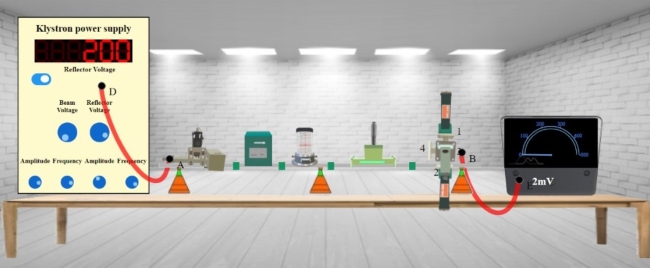
Fig. 8 Setup for recording the value for output voltage at port 3 of Magic Tee when input is at port 4
Step-3: After placing the components on the test bench, connect the wires accordingly.
Step-4: If your connections are correct then you may continue to take down the readings, if not then click on "Reset Button" and try it again.
Step-5: Toggle the switch button and note down the value for output voltage at port 3 from millivoltmeter.
Step-6: Click on "Add to table" button to record the readings for output voltage at port 3 of Magic Tee.
Step-7: Click on "Next" button to check output voltage at port 1 when input is at port 3.
Instructions to Record the Value for Output Voltage at port 1 of Magic Tee when Input is at Port 3
Step-1: Click on Components button for components to pop up.
Step-2: Click on the "Components", drag them to the test bench and place them as shown in fig. 9.
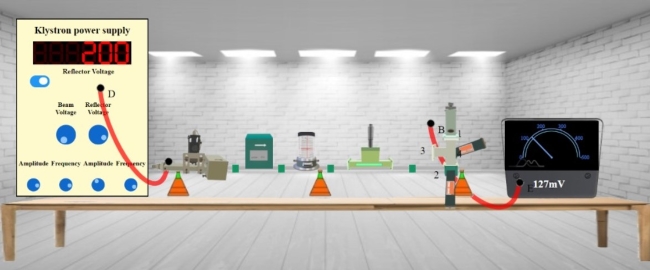
Fig. 9 Setup for recording the value for output voltage at port 1 of Magic Tee when input is at port 3
Step-3: After placing the components on the test bench, connect the wires accordingly.
Step-4: If your connections are correct then you may continue to take down the readings, if not then click on "Reset Button" and try it again.
Step-5: Toggle the switch button and note down the value for output voltage at port 1 from millivoltmeter.
Step-6: Click on "Add to table" button to record the readings for output voltage at port 1 of Magic Tee.
Step-7: Click on "Next" button to check output voltage at port 2.
Instructions to Record the Value for Output Voltage at port 2 of Magic Tee when Input is at Port 3
Step-1: Click on Components button for components to pop up.
Step-2: Click on the "Components", drag them to the test bench and place them as shown in fig. 10.
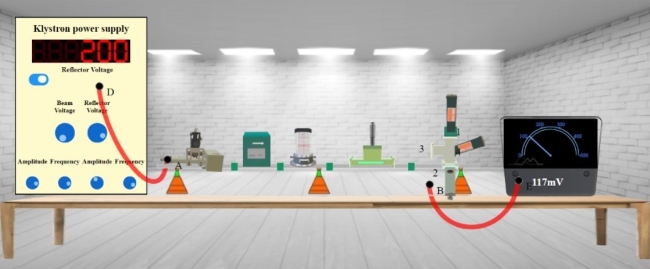
Fig. 10 Setup for recording the value for output voltage at port 2 of Magic Tee when input is at port 3
Step-3: After placing the components on the test bench, connect the wires accordingly.
Step-4: If your connections are correct then you may continue to take down the readings, if not then click on "Reset Button" and try it again.
Step-5: Toggle the switch button and note down the value for output voltage at port 2 from millivoltmeter.
Step-6: Click on "Add to table" button to record the readings for output voltage at port 2 of Magic Tee.
Step-7: Click on "Next" button to check output voltage at port 4.
Instructions to Record the Value for Output Voltage at port 4 of Magic Tee when Input is at Port 3
Step-1: Click on Components button for components to pop up.
Step-2: Click on the "Components", drag them to the test bench and place them as shown in fig. 11.
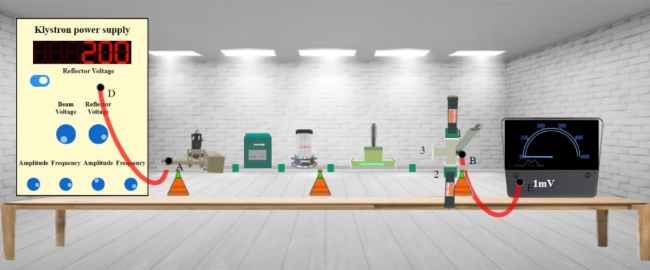
Fig. 11 Setup for recording the value for output voltage at port 4 of Magic Tee when input is at port 3
Step-3: After placing the components on the test bench, connect the wires accordingly.
Step-4: If your connections are correct then you may continue to take down the readings, if not then click on "Reset Button" and try it again.
Step-5: Toggle the switch button and note down the value for output voltage at port 4 from millivoltmeter.
Step-6: Click on "Add to table" button to record the readings for output voltage at port 4 of Magic Tee.
Step-7: Click on "Print" button to get all the readings.
